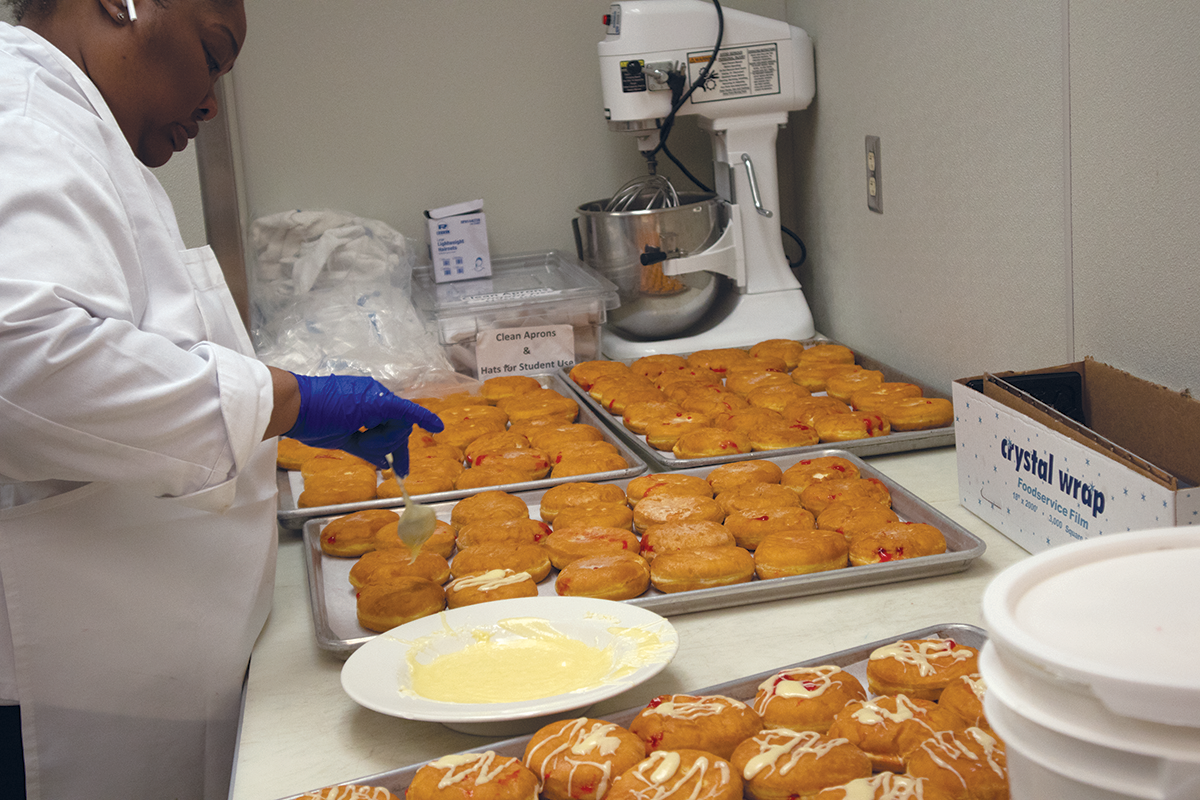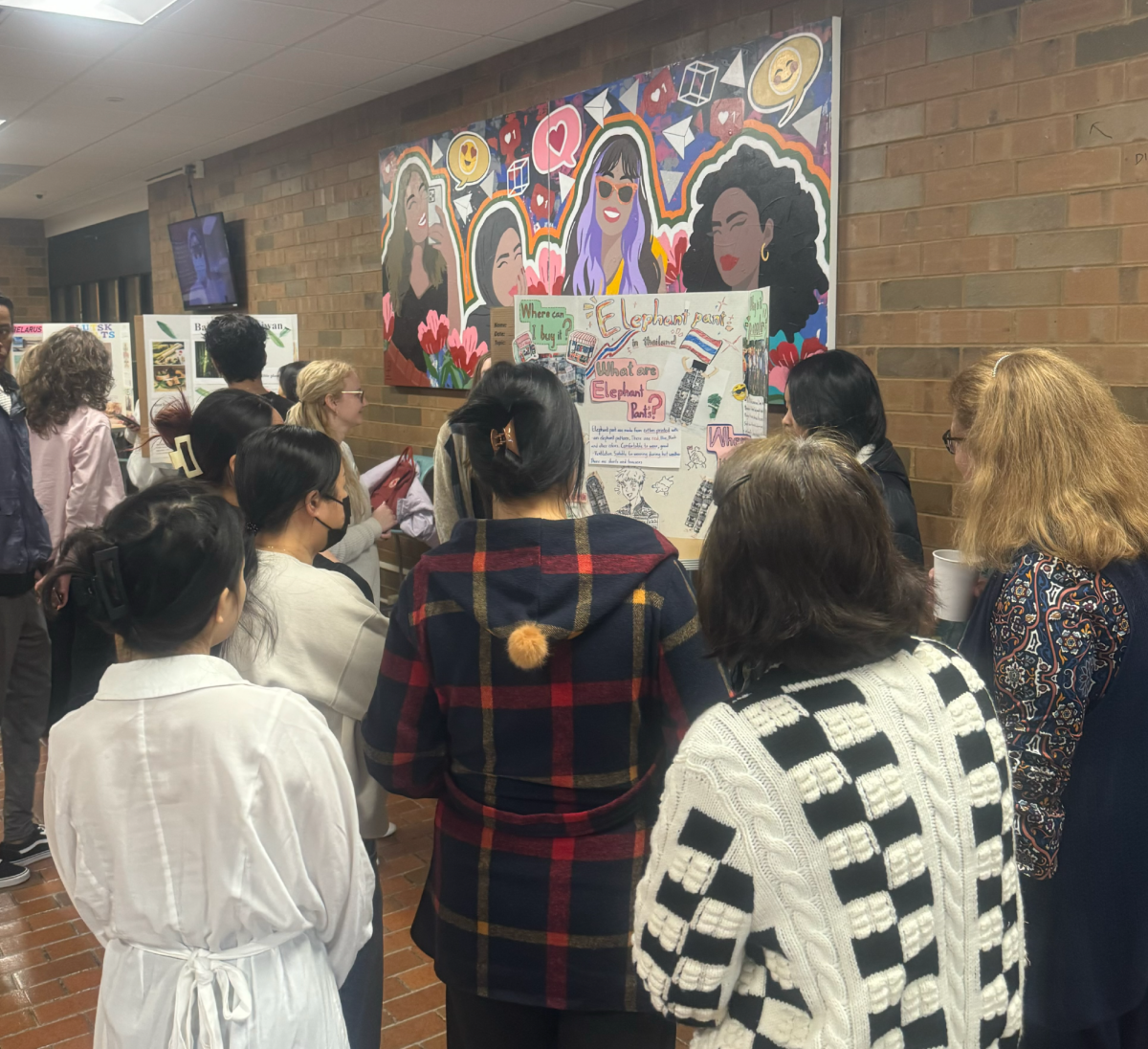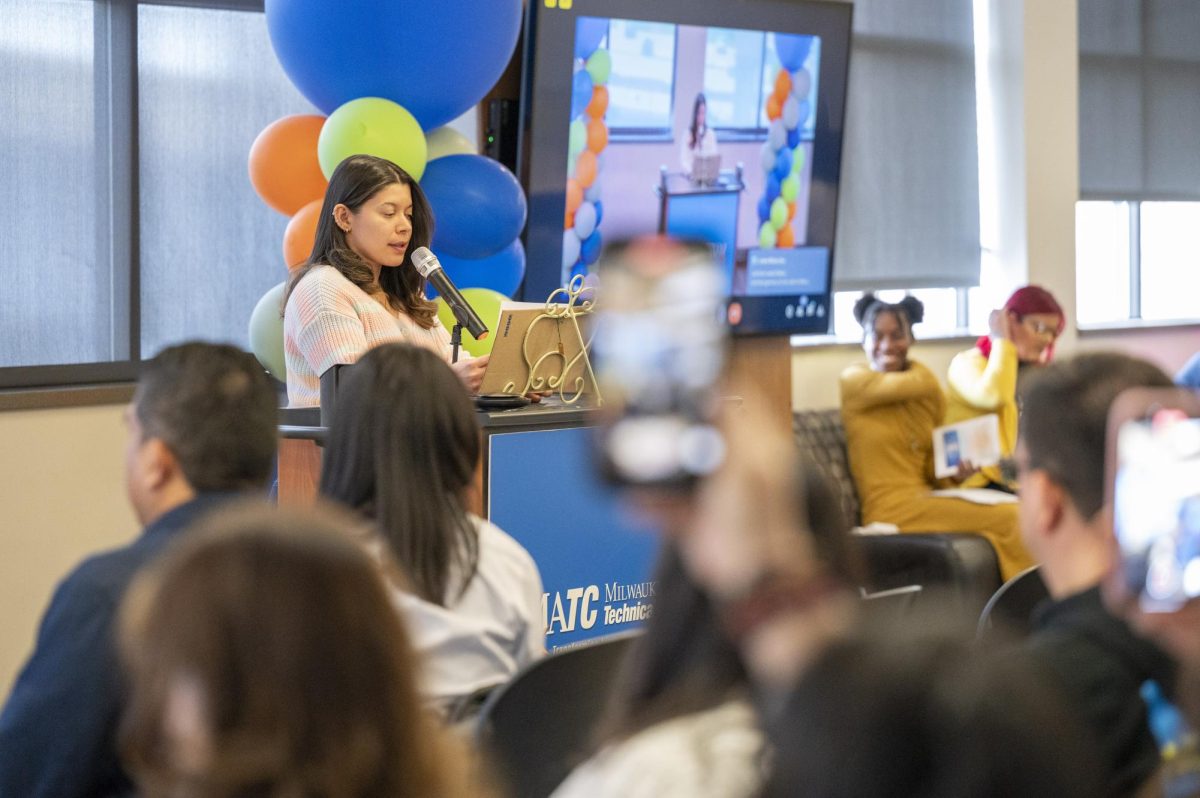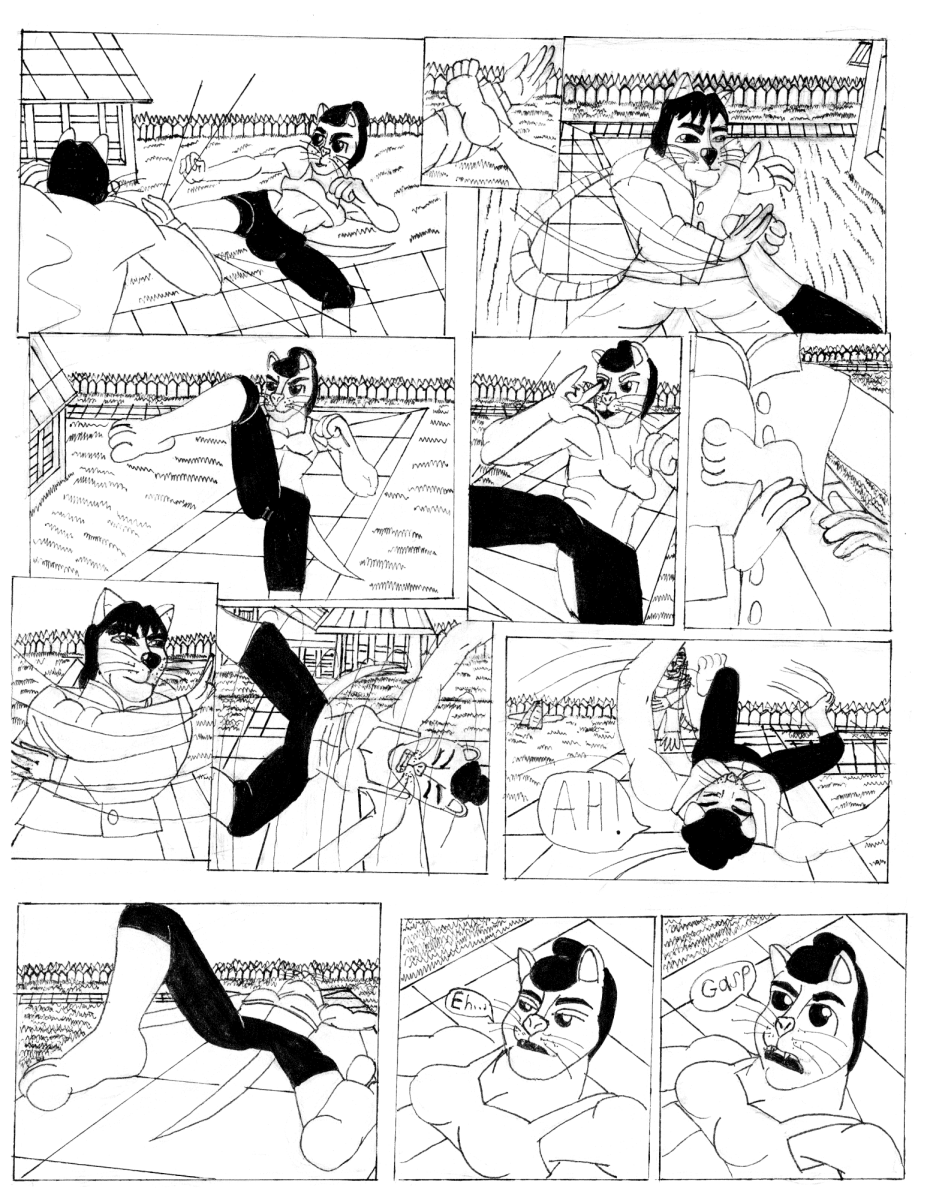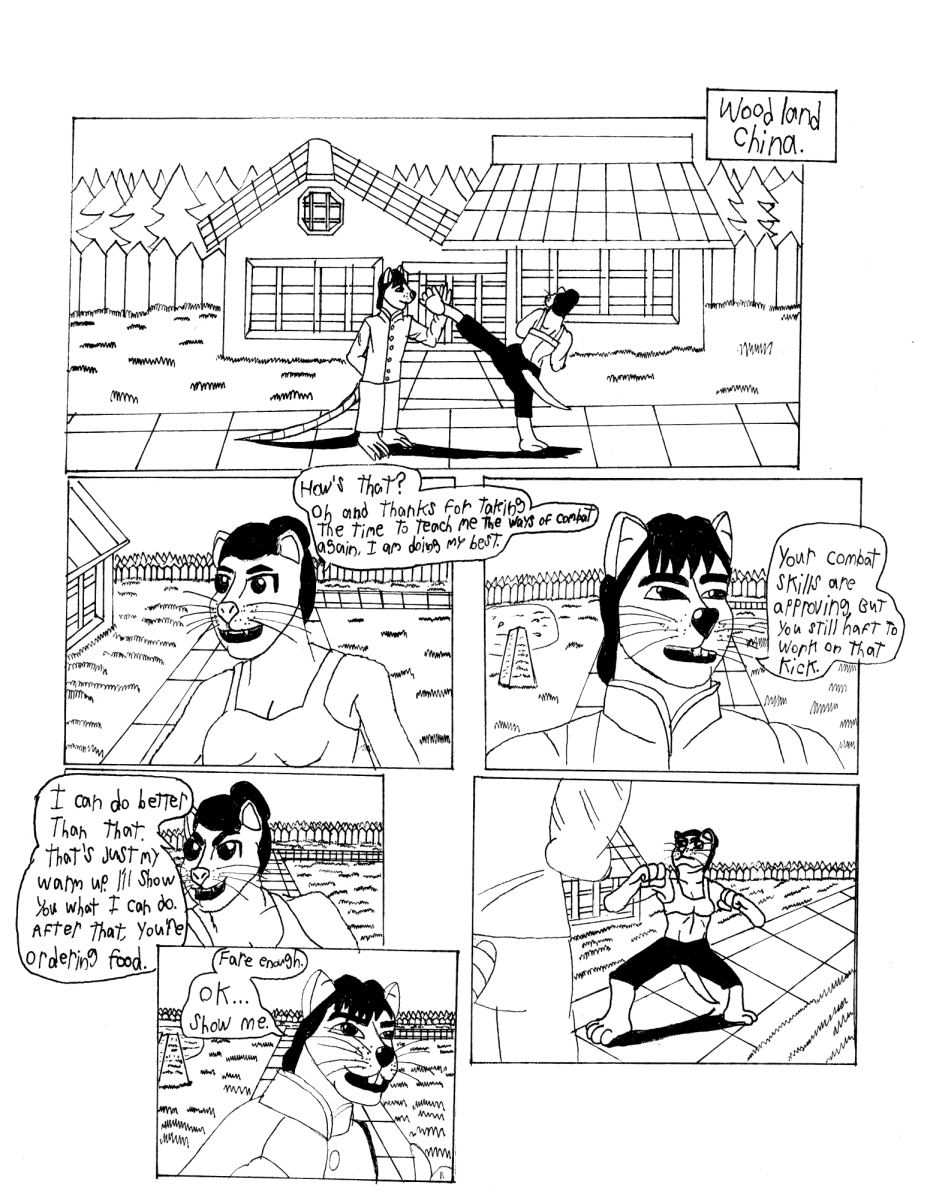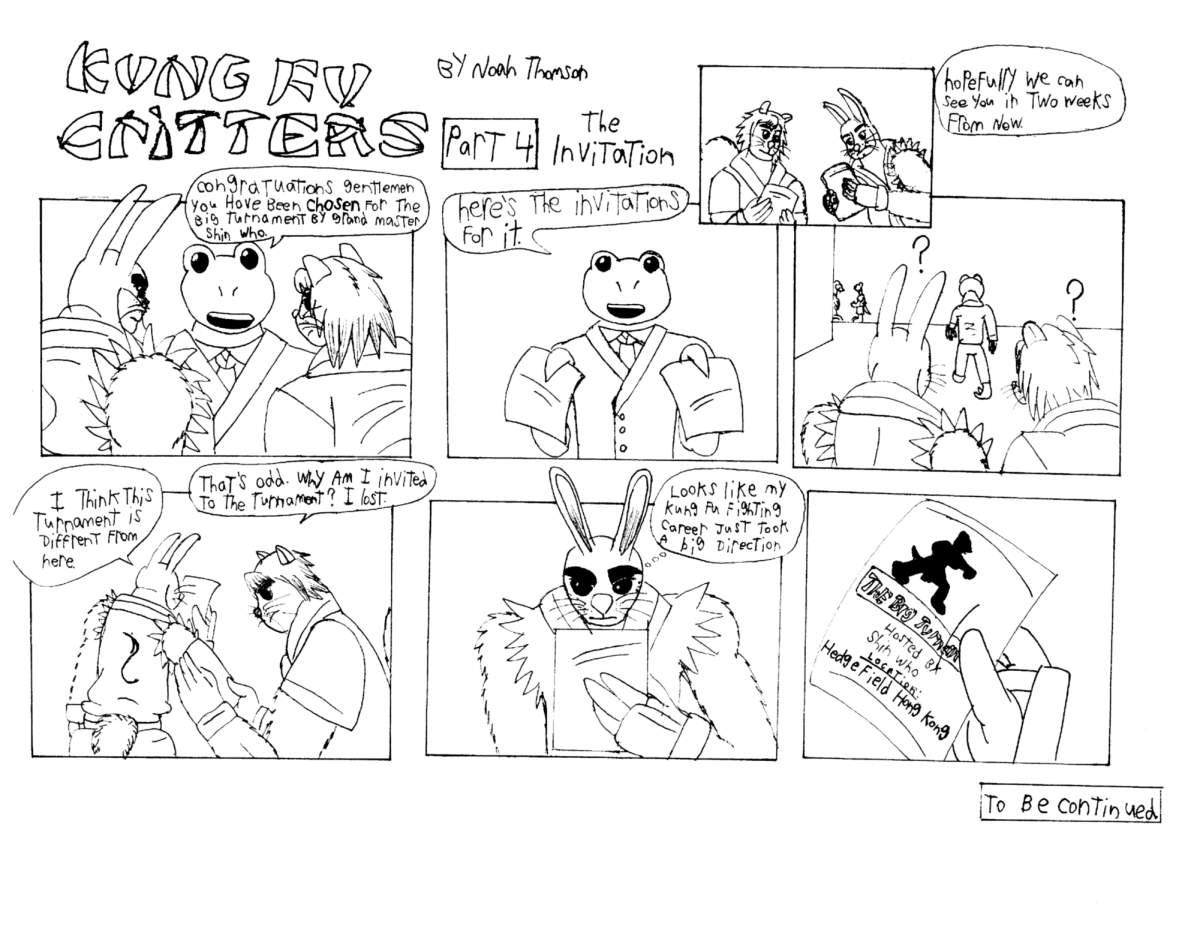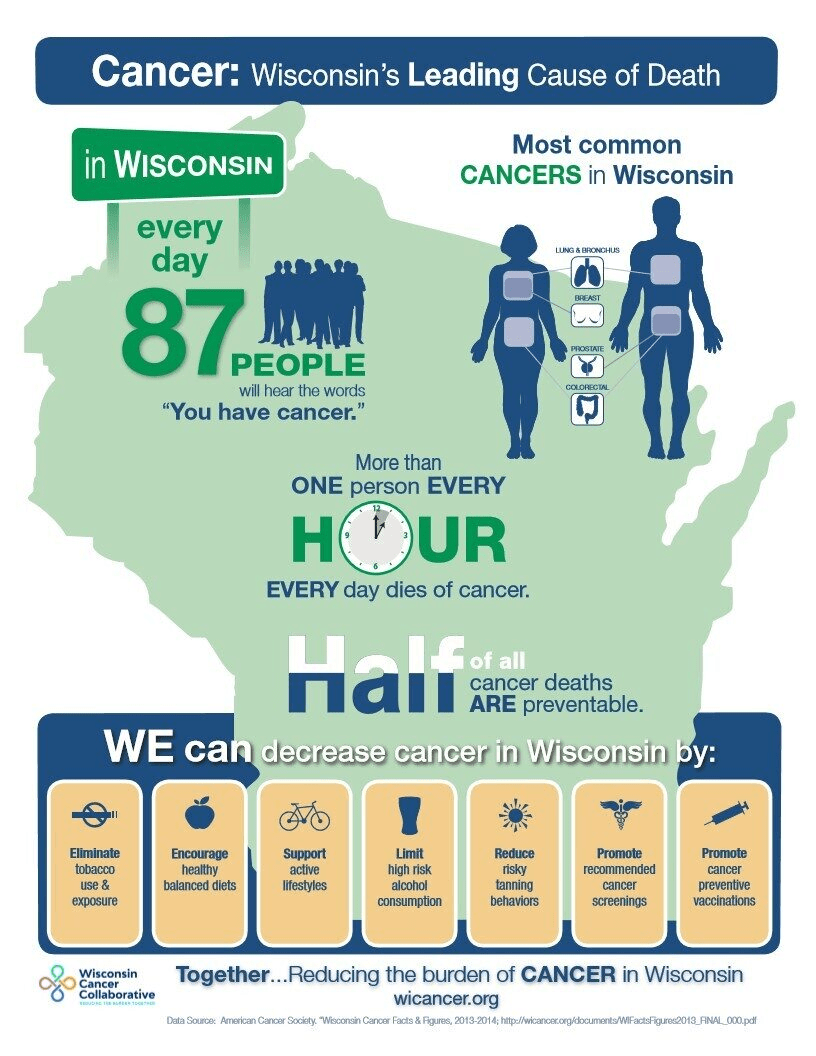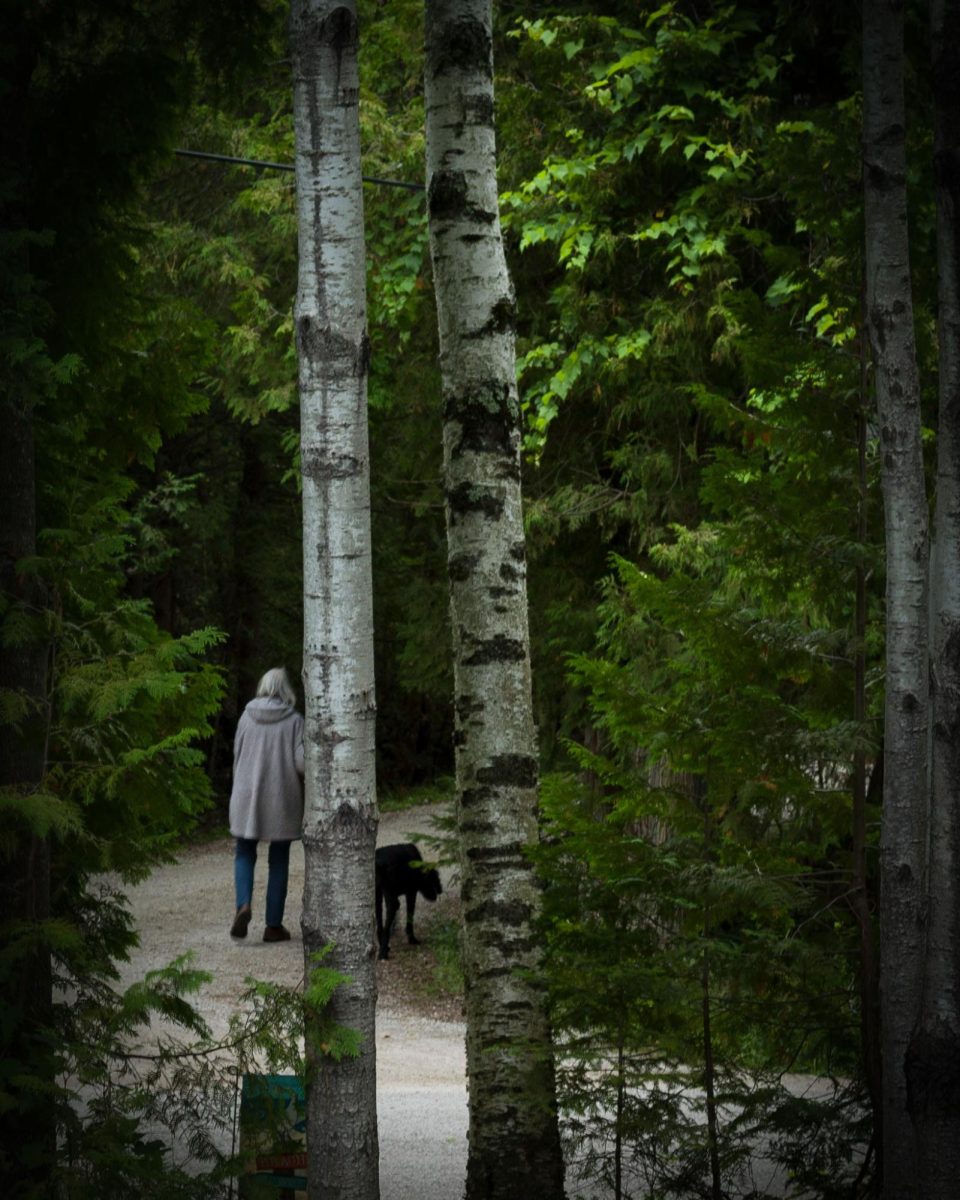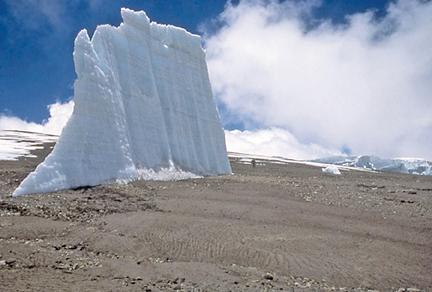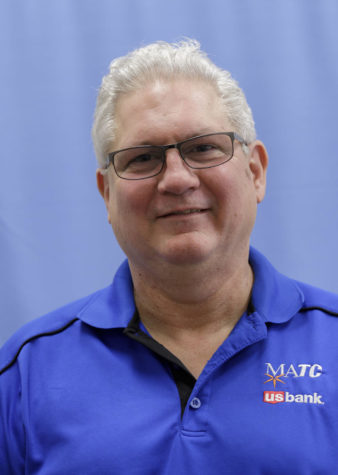Change,” asserted Frank Lloyd Wright, “is the great Tradition!” This profound insight by Wisconsin’s visionary architect is certainly true of Nature and was reaffirmed repeatedly at the 2009 meeting of the Geological Society of America (GSA) in Portland, Oregon, last month.Dinosaurs, the planet Mercury, mass extinctions, climate change, volcanoes and glaciers – these were just a few of the fascinating natural phenomena that were explored in some 4,000 presentations at this annual assembly of geoscientists.
Along with 6,400 colleagues, it was my honor to attend the prestigious conference (at my own expense) and to learn the results of exciting research in the diverse fields of the earth sciences. Summarized in one word, the experience was “awesome!”
The keynote speaker at a special symposium on Earth’s Ice (which I co-chaired) was Lonnie G. Thompson. Dr. Thompson, a member of the National Academy of Science, is a Distinguished Professor in the School of Earth Sciences at the Ohio State University, where he and his wife, Ellen Mosley-Thompson, run the ice-core paleoclimatology research group at the Byrd Polar Research Center.
Professor Thompson is acclaimed around the globe for his landmark research on ice cores from mountain glaciers and ice caps. His paper at the GSA symposium was titled “Abrupt Climate Change: A Paleoclimate Perspective from the world’s highest mountains.” His evidence delivered a dire warning: Almost all high-mountain glaciers are melting at an accelerating rate due to global warming.
For example, 100% of the glaciers in the Andes and in Alaska’s Brooks Range are retreating, 99% in the Alps, 98% in southeast Alaska, and 96% in the Himalayas.
For the Andes Quelccaya Ice Cap, largest ice cap on Earth, the rate of ice loss has accelerated from 20 feet per year in 1978 to 200 meters per year now — a ten-fold increase in 30 years! Kilimanjaro in Tanzania has lost 85% of its glacial ice since 1912, including 18 feet of summit ice and 40% of its flank ice in just the last decade.
Less than three weeks ago (November 2), Lonnie Thompson’s most recent research on Mount Kilimanjaro was published in The Proceedings of the National Academy of Sciences (PNAS): “Current shrinking and thinning of Kilimanjaro’s ice fields is unique within an 11,700-year perspective [since the end of the last Ice Age] . . . the ice fields atop Kilimanjaro and on its flanks will likely disappear within several decades.” Please note that this research refers not to snowfall but to the ancient glacial ice atop Kilimanjaro that has persisted since the Ice Age (Pleistocene Epoch).
Why is this research so important? Because these glaciers provide the reliable year-round water supply to the world’s great rivers upon which much of humanity depends! As Thompson puts it, “The ongoing glacier retreat in the Andes, Himalayas and Africa has implications for the people who live in these areas and hence are on the front lines of the climate change crisis.”
A Times contributor recently noted that “there is much more to be learned about ‘climate change.’ [Sic]” This observation of the obvious applies to most subjects. However, research by thousands of scientists over many decades has revealed a great deal about Earth’s climate system and how it works.
We know, for example, the fundamental difference between temperature and heat content and between annual variability and long-term trends. The temperature of Earth’s atmosphere and hydrosphere is riding a high crest of long-term warming; the ten warmest years on record have all been since 1997! Measurements document atmospheric heating at an accelerating rate.
The same contributor offered, “CO2 is a ‘trace gas’ [sic] making up less than 0.04% of the total atmosphere. Isn’t it likely that there are other factors contributing to the rising temperatures, given that CO2 is such a small proportion of the atmosphere?”
Yes, of course other factors contribute (such as positive feedbacks due to loss of snow/ice albedo and increased water vapor by evaporation), but absorption of infrared back radiation by carbon dioxide molecules is the principal factor.
When infrared radiation strikes a CO2 molecule, it causes the chemical bonds to bend and vibrate thereby transferring energy (absorption). So, the total amount of radiation (heat) absorbed depends on the number of CO2 molecules in the atmosphere. Are there enough? Yes, there are – way more than enough!
This unfortunate misunderstanding is an example of innumeracy. The size of a percentage, of course, depends on the size of the sample.
As the federal government might say, take a trillion dollars ($1012); 0.04% of that is $400 million – a lot of money! How many CO2 molecules are there in the lower atmosphere (say, the first kilometer or about 3,300 feet)? My rough calculation shows about a quadrillion trillion trillion, that is 1039 (1,000,000,000,000,000,000,000,000,000,000,000,000,000) – and rising – and absorbing!
One again, it was great to be able to attend the Geological Society of America annual meeting. I not only learned a lot about my subject area, I was inspired to learn more.
Hanging out with scientists made me feel more a part of that community. The experience energized my interest in the earth sciences and will continue to energize my teaching (and writing).

